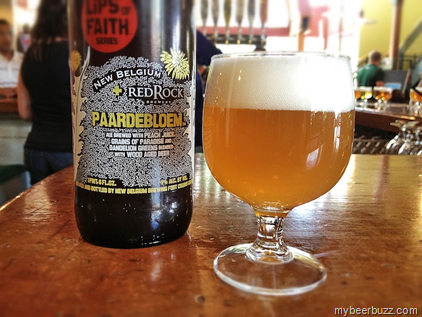Dogs are not capable of the intelligent and analytical thinking that their human owners are, so never assume your pup is as smart as you are. People who expect dogs to be puzzle masters will soon be disappointed. You should put effort into learning about canine training, just as you expect your dog to do.
When correcting your dog, be concise. Never ramble on about the dog’s failures. Firmly say no and redirect them. Pitch your voice in such a way that your dog will recognize your vocalizations as commands.
Be careful of disrupting your training time with rewards. If your dog is responding to your commands and is not overly excited, give him a treat. Though you may be happy with the accomplishment, excitement on your part leads to excitement on their part and diminishes control of the situation. Act calmly, expect calmness, and then appropriately reward the dog.
Consistency is critical for crate training to succeed. When he comes out of the crate, you must immediately allow him to relieve himself in an appropriate place. This will teach your dog that he can wait until he gets out of the crate to relieve himself.
Set small, easy goals when you start training your dog. You will have the rush of seeing quick results, but the dog will gain a basic understanding of what good behavior means. This helps you get better results.
Dog Gets
Ensure that your dog gets 60 minutes of daily exercise on top of routine potty breaks or training periods. Taking care to see that the dog exercises enough makes their training work go more smoothly and reinforces the importance of good behavior at all times. If your dog gets exercise, they will be happier and more eager to learn.
After learning some helpful hints on how to get through to your dog and train it to behave to your expectations you simply need to follow what you have learned. After changing your dogs behavior to fit with the tips suggested you can properly train your dog.

